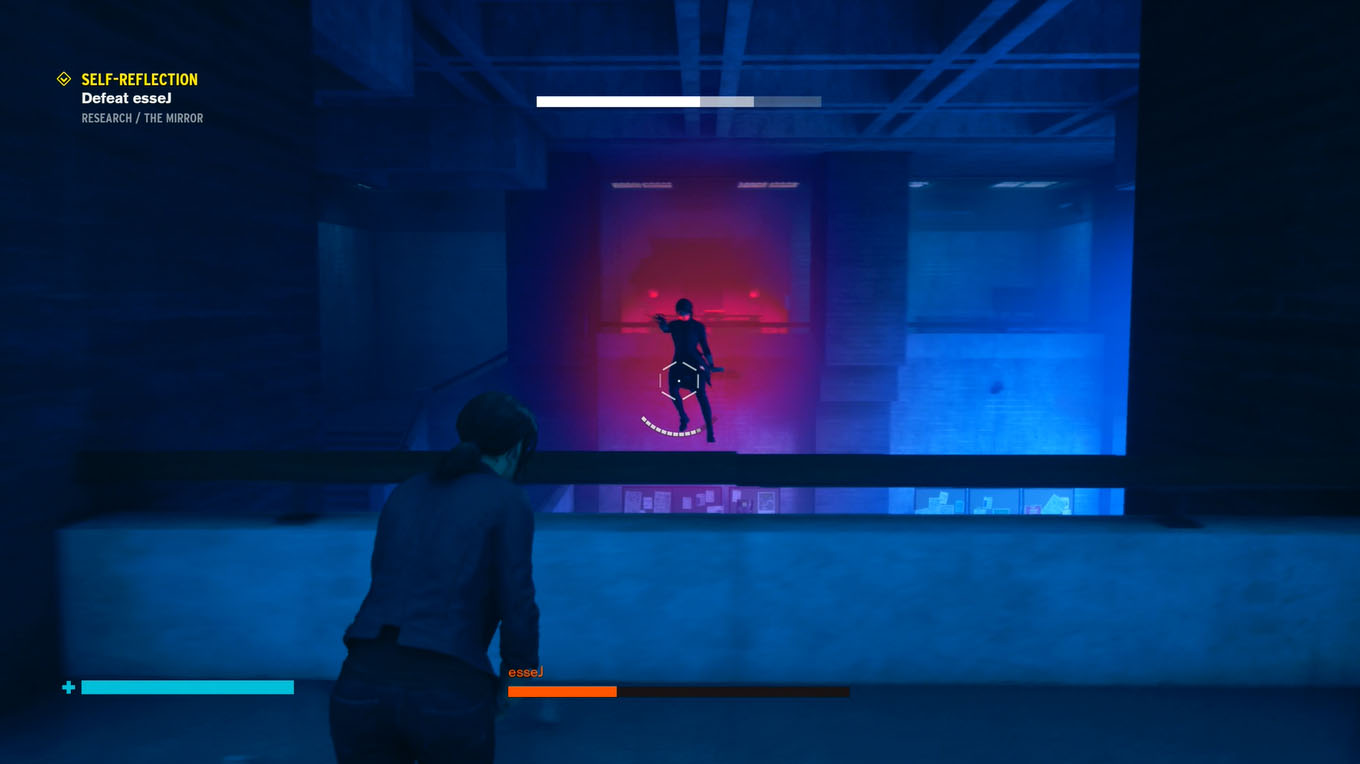

Even humans possess them (goosebumps) but cannot use them in the manner that cephalopods can.
#Self reflection control puzzle skin
Papillae are sections of the skin that can be deformed to make a texture bumpy. This property of holograms, oil and other such surfaces is called "iridescence". The sticker isn't doing anything but reflecting light - it's your movement that's changing the appearance of the colour.

You move your head and you see a different colour. It's using the same properties that we've seen in hologram stickers, or rainbows on puddles of oil. These can reflect light back at different wavelengths. Think of a second level of skin that has thin stacks of cells. Well, what about other colours? Cue the iridophores. Why these three colours? Because these are the colours the light reflects at the depths they live in (the rest is absorbed before it reaches those depths). When the cephalopod wants to change colour, the brain carries an electrical impulse through the nerve to the muscles that expand outwards, pulling open the sacs to display the colours on the skin. These are connected to the brain by a nerve. These sacs have a network of radial muscles, meaning muscles arranged in a circle radiating outwards.

are organs on their bodies that contain pigment sacs, which have red, yellow and brown pigment granules. There are four main catalysts - chromatophores, iridophores, papillae and leucophores. But how did cephalopods manage to secure their own invisibility cloak? Cephalopods fire from multiple cylinders to achieve this in varying degrees from species to species. It makes sense for these molluscs to have added protection in the form of a higher cognition they don't have a shell covering them, and pretty much everything feeds on cephalopods, including humans. Some of them have brains the size of a walnut, which is large for an invertebrate. Cephalopods are all arms, and can be as tiny as 1 centimetre and as large at 30 feet. Other molluscs include sea snails, sea slugs, bivalves - most are shelled invertebrates with a dorsal foot. But they don't look like their cousins at all. They belong to the Mollusca class Cephalopoda. The passage below is accompanied by a set of questions. Read tons of stuff from Bharath's Curated Reading list and get a wonderful VARC score. Complete this and return to the FBC to start the next chapter.The best way to improve your VARC skill is Reading. Interact with it to teleport to another tutorial section, this time to learn Seize. Now the door will be open and you can access the Object of Power. Left, Down, Right, Up, Up, Up, Left, Down, Right The solution is stuck to the window in the background, or you can press these buttons in order to solve it:

Use the terminal in the room on the right and you'll be presented with another cube puzzle.
#Self reflection control puzzle full
The room is full of hypnotised friendly Rangers, and you need to reach the X-Ray Lightbox. Fast travel back to Parapsychology, then follow the signs for the Hypnosis Lab.


 0 kommentar(er)
0 kommentar(er)
